Guinea pigs: A popular Peruvian delicacy
- Published
Inside a guinea pig farm
Most people see them as fluffy adorable pets, but in Peru guinea pigs - or "cuy" as they are known locally - are a delicacy.
In the past few years their popularity has really taken off and a boom in guinea pig farming is helping many peasant farmers living below the minimum wage to get out of poverty.
You can hear them as soon as you walk into the dusty barn. The open cages are filled with hundreds of squeaking brown and white guinea pigs, waiting for their owner, Maria Camero, to fill up their red water buckets and give them corn.
"In the past it was only people living in the mountains who bred guinea pigs but now we've realised it's a good business," says Maria.
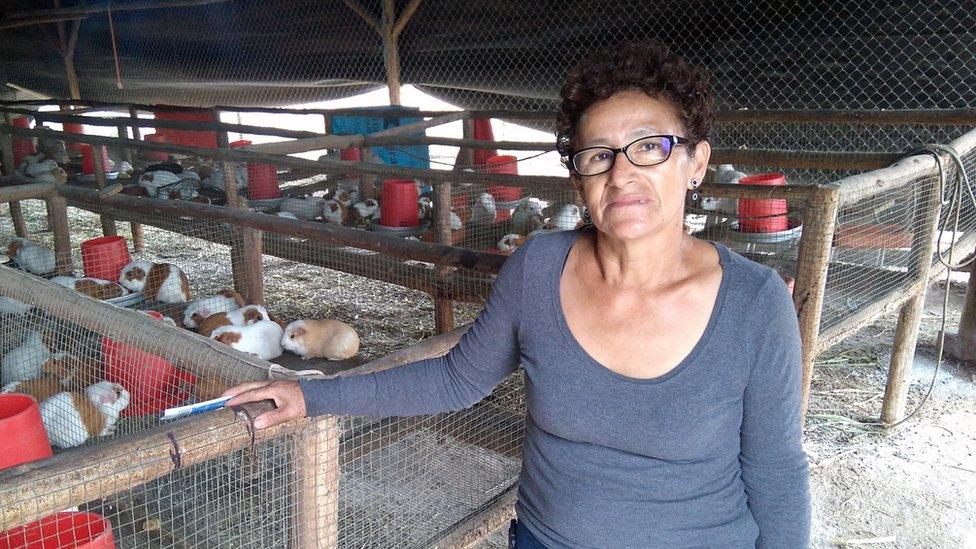
Guinea pig breeding is "a good business", says Maria Camero
"You can start with something like $100 (£80) and that money quickly grows because by three months the guinea pigs can start breeding and they will have up to five babies, so the business grows fast."
Maria and her family produce guinea pigs on a much larger scale now thanks to her son-in-law Alessio Cresci. The Italian fell in love with Shelia, Maria's daughter, and decided to move to Peru and build up their business.
Maria went from looking after a few guinea pigs to being part of a team breeding hundreds.
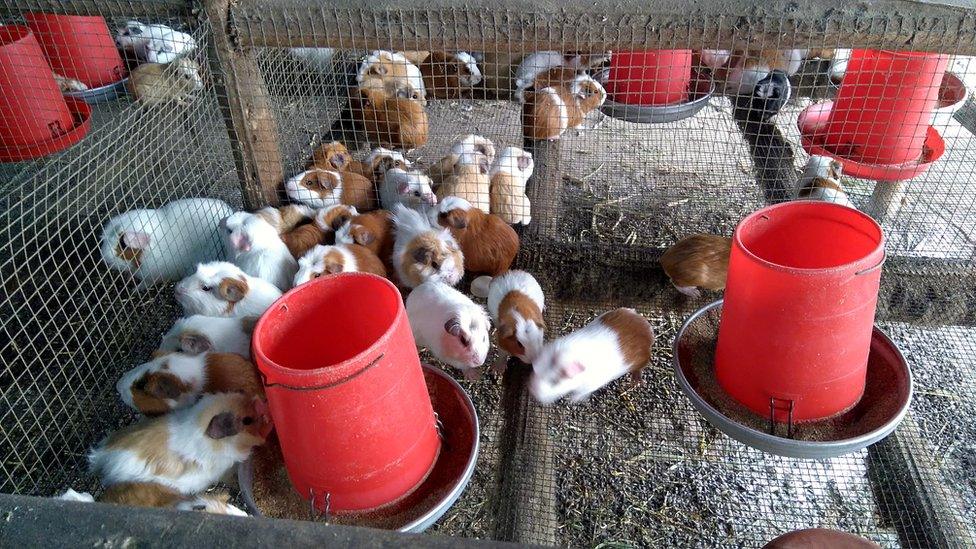
Previously only farmers in the Andes ate guinea pigs, but they are now popular throughout Peru and Bolivia
As well as supplying to local restaurants, they also sell and sometimes donate start-up kits to local farmers who want to get involved, consisting of a breeding pair of guinea pigs and the food and pens that they need.
"I have a daughter who is 13 and I can afford to pay for her to go to a better school, I have also paid for my son to go to university and study to be a graphic designer. This business lets me do that," says Maria.

Maria's daughter and son-in-law, Shelia and Alessio, have helped build up the business
Thirty dollars a month is the average wage for a peasant farmer. Many of them are now earning $130 a month, according to Lionel Vigil, the regional director of World Neighbours, a charity that helps them get started.
The key to their success is the restaurant business, which can't get enough of cuy. Farmers can sell them to local restaurants for about $8 and to high-end restaurants in Lima for up to $13.
"The Incas have eaten cuy for centuries, but in the past it was only farmers in the Andes still eating them," says Mr Vigil.
"When they migrated to Lima they carried on, and little by little other Peruvians from different backgrounds started to get a taste for it and restaurants started to buy guinea pigs."

Farmers can quadruple their monthly incomes by breeding guinea pigs, says Lionel Vigil of the charity World Neighbours
Producers are even looking to the US as a market. Ex-pat Bolivians and Peruvians are prepared to pay $30 for a guinea pig that they eat on special occasions, chopped up and deep fried a bit like chicken.
At first it was hard to get permission for officials to let frozen guinea pigs into the US where, like most of the world, they are regarded as pets.
But with the support of academics and anthropologists, one exporter, Mega Business, has persuaded authorities that this is part of Andean culture and guinea pigs also have a very important nutritional value.
In fact, Peruvians have never seen cuy as pets. And although they accept they are small and sweet, their culinary value trumps their cuteness.
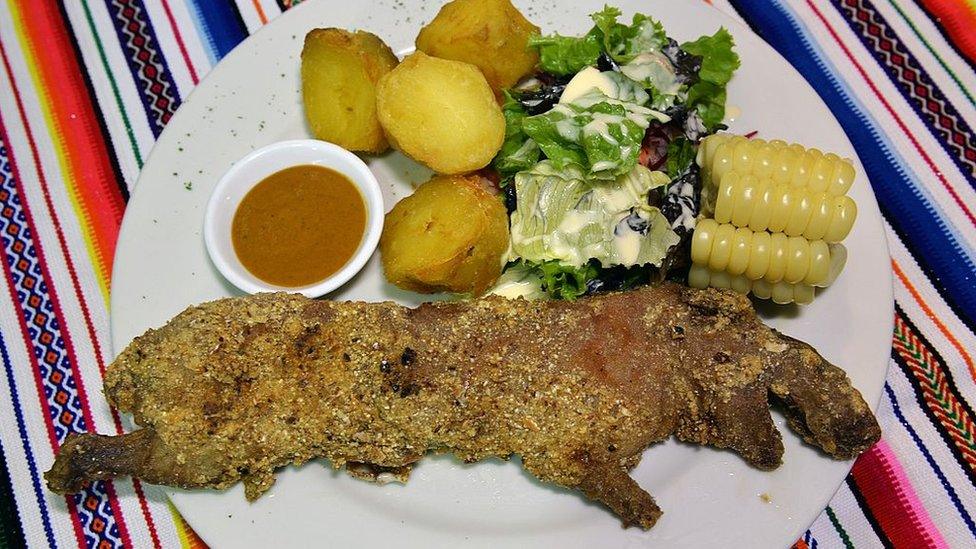
Traditional baked guinea pig - though not all visitors to Peru are keen to eat it this way
Jaime Pesaque is the owner of Mayta, a high-end restaurant in upmarket Lima. He buys about 200 organically fed guinea pigs a month. He says they are high in protein and low in fat.
Traditionally guinea pigs were served teeth, claws and all as a kind of kebab on the local streets - a method that put many people off. Jaime has found a more user-friendly recipe.
"We take out all the bones and cook it the whole night, then we press it for a couple of hours and cook it."
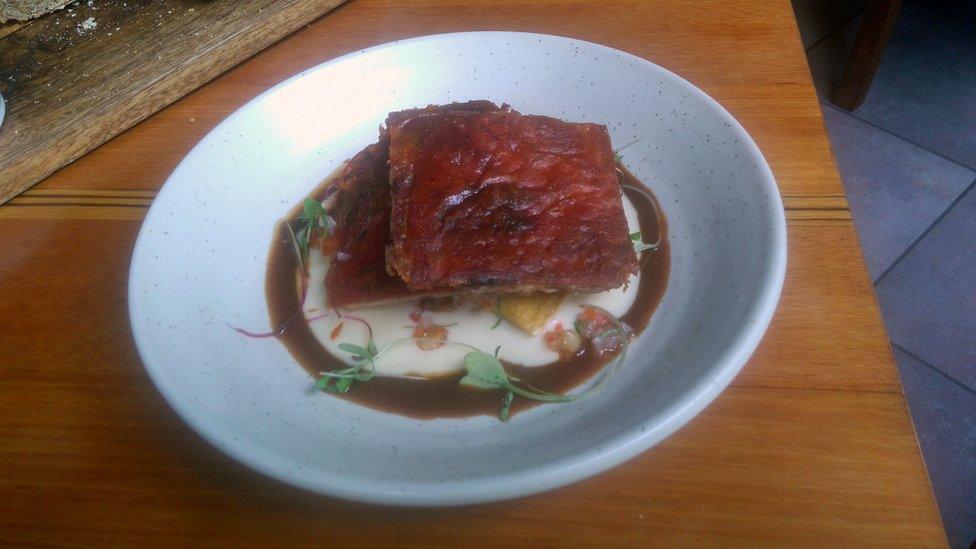
Not your regular cooked guinea pig
I was dreading trying this national delicacy. I remember those fangs and claws thrust up at me through a train on my way to Machu Picchu. I vowed never to try it. But things change…
And Jaime's version is delicious. The meat is sweet and juicy, a bit like rabbit and pork, and the skin is crispy. He has a new convert.
Many of the people eating in high-end restaurants are tourists who are eager to try something different - provided it is served in the right way.
Although they will always be seen first and foremost as pets for the majority of people in the world, in Peru guinea pigs are offering a way out of poverty.
For more on this story, listen to BBC World Service's World Business Report
- Published6 February 2017

- Published1 February 2017
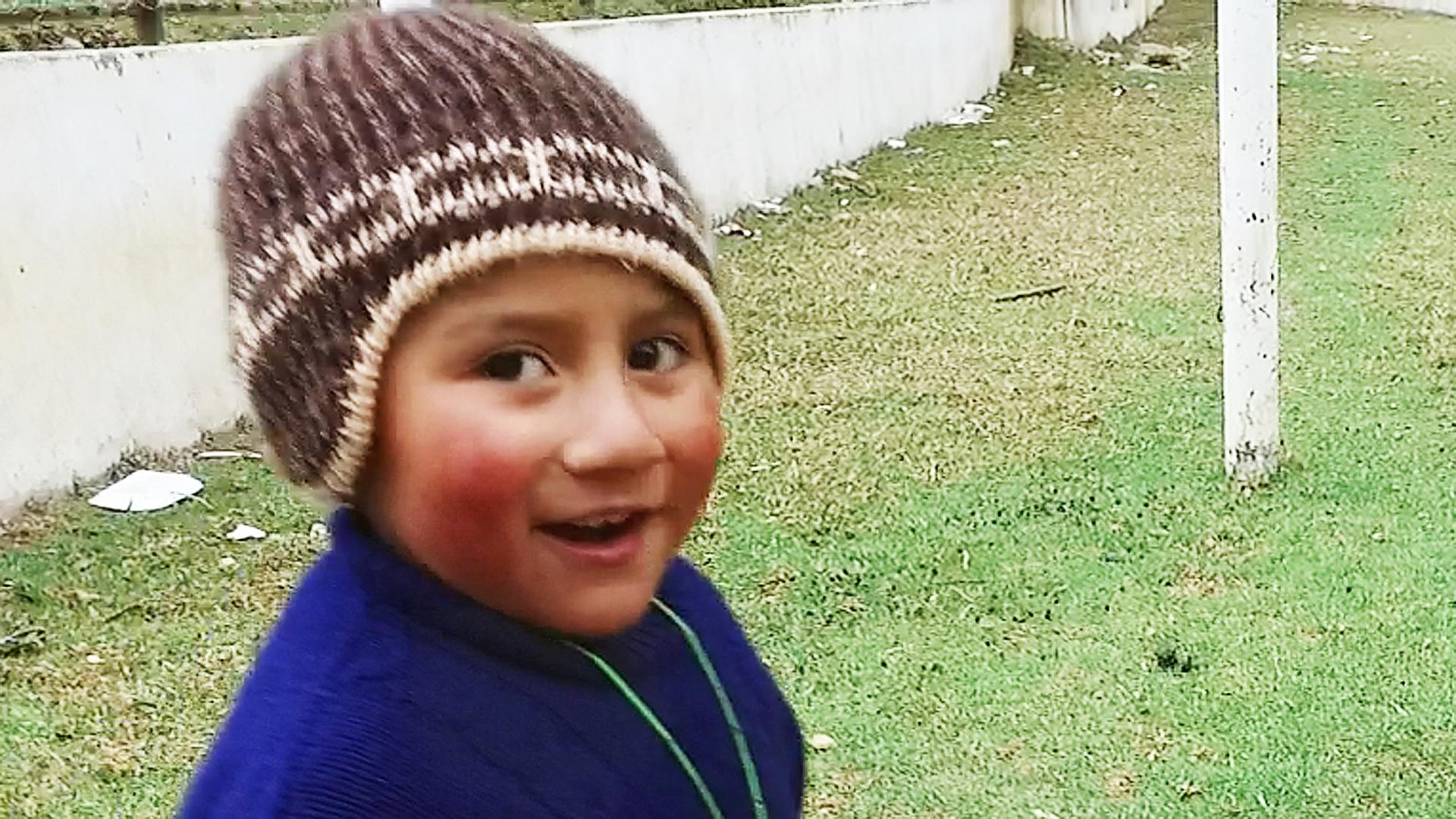
- Published13 December 2016

- Published2 December 2016
